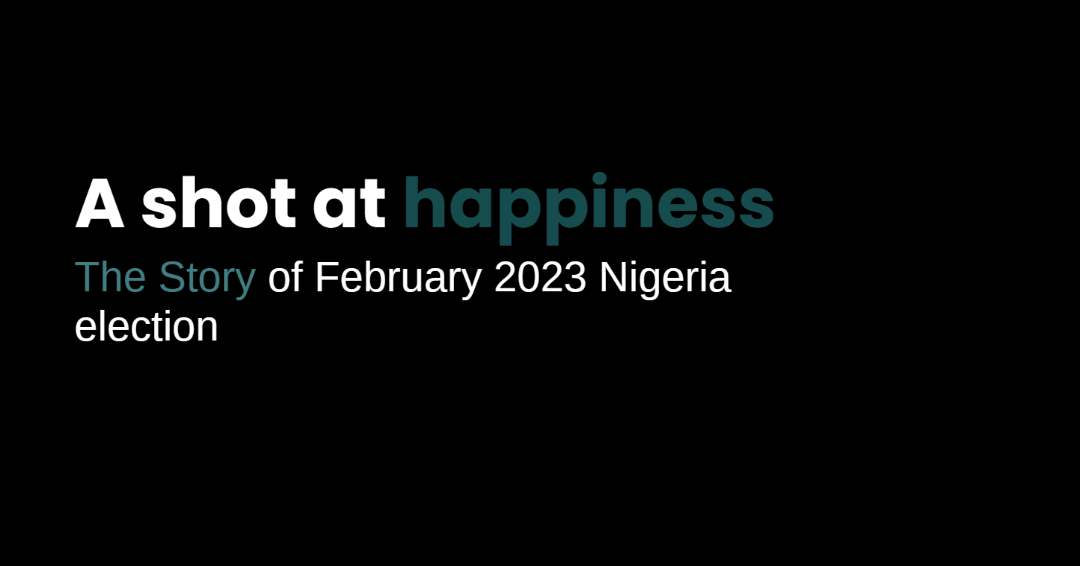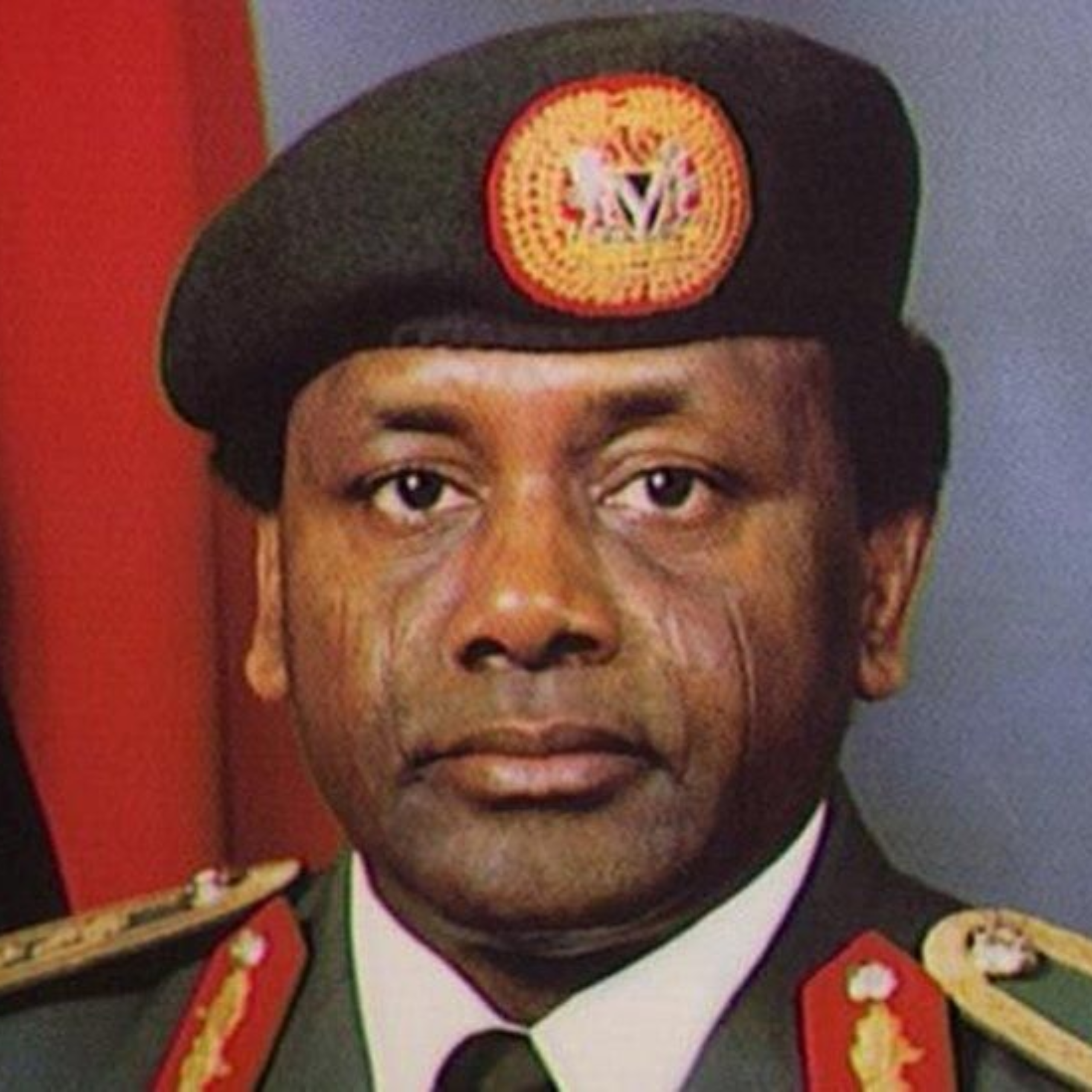According to Reliefweb, African conflicts have shown a concerning trend regarding the number of state-based conflicts. In 2020, there were 30 such conflicts, increasing from 27 in 2019. Fifteen of these conflicts were fought over territory, marking a new high. The phenomenon of internationalized civil wars also reached unprecedented levels. Although the number of state-based conflicts slightly decreased to 25 in 2021, it remains significantly higher than a decade ago.
In 2021, 12 African countries—Burkina Faso, Burundi, Cameroon, Central African Republic, DR Congo, Ethiopia, Kenya, Mali, Mozambique, Niger, Nigeria, and Somalia—witnessed external involvement in their internal conflicts. Many of these conflicts are linked to the rise and spread of the Islamic State (IS). Nine African countries—Burkina Faso, Cameroon, Chad, DR Congo, Mali, Mozambique, Niger, Nigeria, and Somalia—encountered conflicts involving IS within their borders. In 2020, Tanzania experienced its first state-based conflict involving IS, though it did not meet the threshold of 25 battle-related deaths in 2021.
Low-intensity conflicts in Africa resulted in more battle-related deaths in 2021 than in any other year since 1989, when the dataset began. This data reflects the ongoing and complex nature of conflicts across the continent.
As of September 2021, several African countries continued to face significant conflicts.
Somalia:
Somalia has been affected by a protracted conflict involving various armed groups, including Al-Shabaab, a militant extremist group.
The Somali Civil War is an ongoing conflict that originated from resistance against the military junta led by Siad Barre in the 1980s.
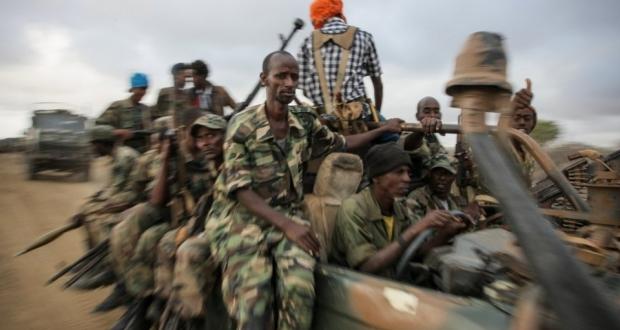
It involved various armed rebel groups, including the Somali Salvation Democratic Front, Somali National Movement, and United Somali Congress. The Barre government was overthrown in 1991, leading to a power vacuum and intense factional fighting. Somalia became a failed state, and the UN intervened with peacekeeping forces but withdrew in 1995.
Customary and religious law took over in most regions, while autonomous regional governments were established in the north. The establishment of the Transitional Federal Government in 2004 briefly brought stability, but conflict resumed in 2005 with the rise of radical groups like al-Shabaab. In 2011, Kenyan troops entered Somalia to combat al-Shabaab.
The Federal Government of Somalia was formed in 2012, but the country remains fragile, making some progress toward stability.
South Sudan:
South Sudan has experienced civil war since 2013, resulting in significant violence and displacement of civilians.
South Sudan achieved independence in July 2011,
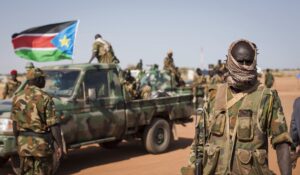
following a long and arduous civil struggle. but, in 2013, an internal power struggle within the ruling Sudan People’s Liberation Army (SPLA) ignited a conflict that encompassed political, inter-ethnic, and inter-communal violence.
The violence has affected numerous regions across the country, with the marginalization of various groups, ethnic rivalries, and poor governance exacerbating the conflict. Additionally, misinformation surrounding ethnically motivated attacks and counter-attacks has contributed to deepening distrust among communities.
Multiple peace initiatives have been undertaken to resolve the situation. In June 2018, international pressure prompted a ceasefire and the signing of a power-sharing agreement between opposing political factions. However, the lack of political will to fully implement the agreement has caused delays. Nevertheless, this step towards peace has injected renewed hope and optimism among South Sudanese communities.
In Sudan, conflicts continued in April 2023 when clashes erupted between the national military and a paramilitary group known as the Rapid Support Forces (RSF). The struggle revolves around a power struggle to govern the resource-rich nation, strategically located at the crossroads of North Africa, the Sahel, the Horn of Africa, and the Red Sea.
Interestingly, the warring factions were once allies, having united following a massive people-powered revolution in 2019 that successfully ousted longtime Sudanese dictator Omar al-Bashir.
However, their alliance faltered, resulting in a second coup in 2021, which led to disagreements over a new transition plan and the integration of the RSF into the regular army. Recent confrontations have tragically claimed over 400 lives and transformed the once-peaceful residential streets of the capital into a scene of devastation.
Democratic Republic of the Congo (DRC):
The eastern part of the DRC has faced ongoing conflict involving rebel groups and armed militias, leading to widespread violence and humanitarian crises.
The Congo Crisis, which took place from 1960 to 1965, was a tumultuous period of political upheaval and conflict in the Republic of the Congo (now the Democratic Republic of the Congo).
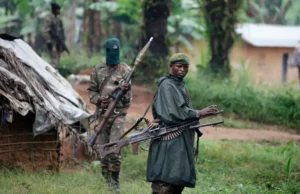
Following the country’s independence from Belgium, it descended into a series of civil wars, with the Soviet Union and the United States playing proxy roles amid the Cold War tensions.
The crisis ultimately saw the emergence of Joseph-Désiré Mobutu, who eventually seized control of the entire nation. The Congo Crisis witnessed a tragic toll, with an estimated 100,000 lives lost.
The unrest stemmed from a nationalist movement within the Belgian Congo, advocating for the end of colonial rule.
However, the country was ill-prepared for independence, and unresolved issues such as federalism, tribalism, and ethnic nationalism persisted. The eruption of mutinies, violence between civilians, and the secession of the Katanga and South Kasai regions exacerbated the chaos.
While the United Nations deployed peacekeepers, their engagement was limited. Lumumba, the charismatic leader of the nationalist faction, sought support from the Soviet Union, leading to a split within the Congolese government. Mobutu orchestrated a coup, expelling Soviet advisors and assuming power. Lumumba was captured and executed, and a rival government in Stanleyville was suppressed. With the UN’s assistance, the central government managed to regain control over the secessionist territories. However, internal power struggles persisted, culminating in another coup by Mobutu in 1965, establishing a long-lasting dictatorship that endured until 1997.
Mali:
Mali has been dealing with a complex conflict involving jihadist groups, inter-communal violence, and a fragile political situation.
The Mali War, an ongoing armed conflict that commenced in January 2012, remains a significant issue for the divided regions of Mali in Africa. Insurgent groups launched a campaign seeking independence or increased autonomy for northern Mali, known as Azawad.
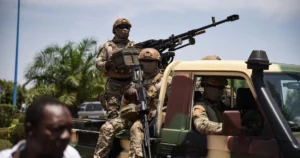
By April 2012, the National Movement for the Liberation of Azawad (MNLA) had successfully gained control of the region. However, the situation escalated when President Amadou Toumani Touré was overthrown in a coup d’état, resulting in further instability and the capture of major northern cities by rebel forces. Collaboration between the MNLA and Ansar Dine, an Islamist organization, initially took place, but their conflicting visions for a new nation led to internal conflicts. Seeking assistance, the Malian government appealed for foreign military aid, leading to French military intervention in January 2013, supported by other African Union states.
By February 2013, the Malian military, with the help of the international coalition, managed to regain control of the areas held by the Islamists. Despite several peace agreements, violence and rebel attacks persisted. Mali witnessed two successful coups in 2020 and 2021, straining relations between the government and French forces. With anti-French protests and the involvement of Russian mercenaries, the French troops completed their withdrawal from Mali by August 15, 2022, officially ending their presence in the country.
Libya:
Libya has faced political instability and armed conflict since the overthrow of Muammar Gaddafi in 2011, with multiple factions vying for power.
The Libyan Crisis refers to the ongoing humanitarian crisis and political-military instability in Libya, which began with the Arab Spring protests in 2011.
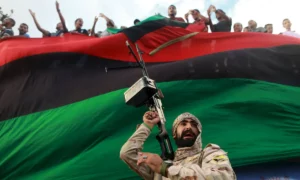
These protests ultimately led to a civil war, foreign military intervention, and the removal and death of Muammar Gaddafi. The aftermath of the civil conflict resulted in the proliferation of armed groups and widespread violence and instability across the country.
In 2014, a renewed civil war broke out, further exacerbating the crisis. The conflict has resulted in a significant number of casualties since its inception in 2011.
Additionally, Libya’s vital oil industry has suffered greatly during both civil wars, with production levels dropping significantly due to blockades and damage caused by rival factions.
Despite having the largest oil reserves in Africa, the country’s oil output has been severely affected. On October 23, 2020, the parties involved in the conflict signed a permanent ceasefire agreement, aiming to bring an end to the hostilities.
Central African Republic (CAR):
The CAR has experienced recurring cycles of violence and political instability, including clashes between armed groups and attacks on civilians.
The ongoing Central African Republic Civil War is a significant conflict within the Central African Republic (CAR) involving the government, Séléka coalition rebels, and Anti-balaka militias.
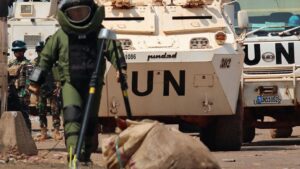
This war traces its roots back to the Central African Republic Bush War of 2004-2007. The current phase of the conflict was triggered by the Séléka coalition’s accusation that the government failed to honor peace agreements. Starting in 2012, the Séléka captured numerous towns, eventually seizing control of the capital in 2013.
President François Bozizé fled the country, and rebel leader Michel Djotodia declared himself President. However, clashes resumed between the Séléka and the Anti-balaka militias.
In 2013, President Djotodia disbanded the Séléka coalition and later resigned in 2014, leaving President Catherine Samba-Panza to face the ongoing warfare. In 2014, a ceasefire agreement was reached between ex-Séléka factions and Anti-balaka representatives, resulting in a de facto division of the country.
The conflict’s underlying tensions primarily revolve around religious and ethnic differences, alongside power struggles for resource control and influence among both regional and international actors. As a consequence of the war, a significant portion of the population, exceeding 1.1 million people, has been displaced from their homes.
to conclude, Africa faces complex challenges such as internal conflicts, regional tensions, and the influence of global powers. To achieve unity, it is crucial to prioritize dialogue, cooperation, and shared development goals. Strengthening regional partnerships and institutions like the African Union is vital. Collaboration with major countries and international actors should focus on diplomacy and investing in Africa’s development.
Embracing diversity, promoting harmony, and fostering inclusive societies are key to shaping the future. Education, economic empowerment, and respect for human rights are essential factors. African citizens, civil society organizations, and the international community must work together to challenge divisive narratives and advocate for peace, development, and shared prosperity. Though the journey may be challenging, it is necessary for a brighter future marked by harmony, progress, and the rejection of violence and conflict

